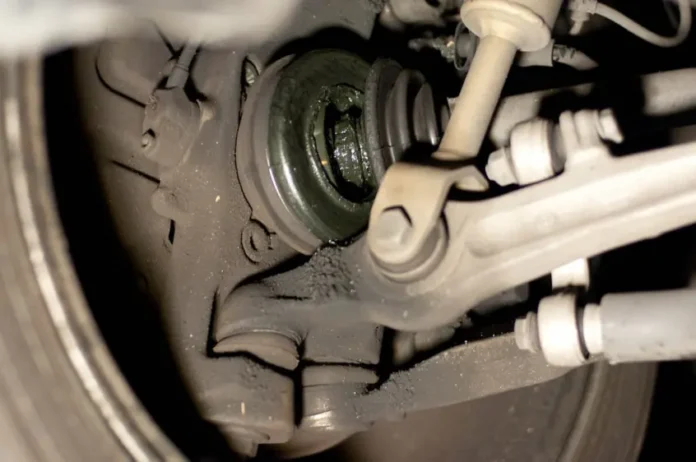The drive shaft is a critical component of your vehicle’s drivetrain, responsible for transmitting power from the engine to the wheels. Over time, wear and tear can take a toll on the drive shaft, leading to various issues that can affect the performance and safety of your vehicle. In this article, we will discuss the telltale signs of drive shaft problems and what you should look out for to prevent further damage and ensure a smooth and safe driving experience.
Vibrations and Shaking:
One of the most common signs of drive shaft problems is vibrations and shaking while driving. If you notice a noticeable vibration coming from underneath your vehicle, especially at higher speeds, it may indicate an issue with the drive shaft. The vibrations may become more pronounced during acceleration or deceleration.
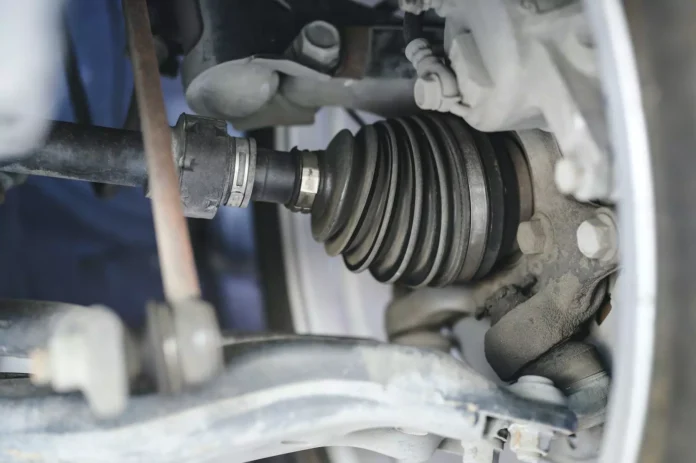
Clunking or Knocking Sounds:
Unusual clunking or knocking sounds, particularly when shifting gears or during rapid acceleration, can be a sign of drive shaft problems. These sounds may indicate worn or damaged universal joints (U-joints) or a faulty drive shaft coupling. It is essential to address these noises promptly to prevent further damage and potential failure of the drive shaft.
Difficulty in Turning or Maneuvering:
If you experience difficulty in turning or manoeuvring your vehicle, it could be a sign of a problematic drive shaft. A worn or damaged drive shaft can affect the smooth transfer of power to the wheels, resulting in steering issues. You may notice resistance or stiffness when turning, or the vehicle may feel unresponsive and difficult to control.
Grease Leakage:
Inspecting the drive shaft regularly can help you identify potential issues. If you notice grease or oil leakage around the drive shaft joints or U-joints, it indicates a problem with the seals or lubrication. Grease leakage can lead to accelerated wear and corrosion, compromising the integrity of the drive shaft components.
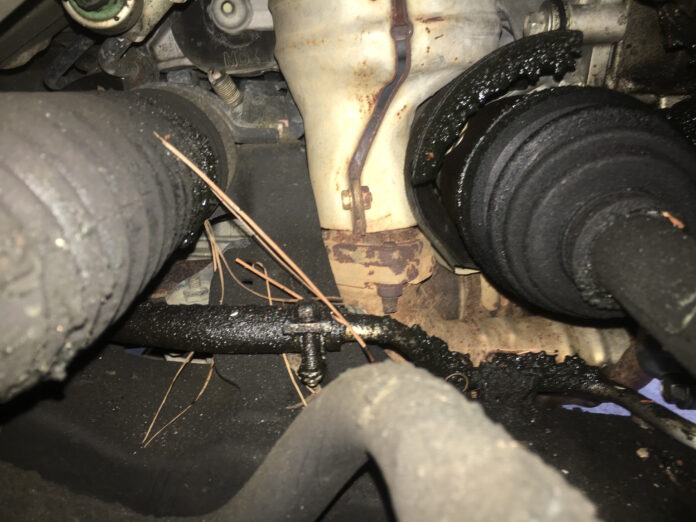
Uneven Tire Wear:
A failing or imbalanced drive shaft can cause uneven wear on your vehicle’s tires. If you notice that one or more of your tires are wearing down more quickly than others or if you observe unusual tread patterns, it may be due to drive shaft issues.
Loss of Power or Acceleration:
A damaged or worn drive shaft can result in a loss of power or reduced acceleration. You may notice a decrease in the overall performance of your vehicle, especially during acceleration or when climbing steep inclines. This can be attributed to a compromised power transmission from the engine to the wheels.
Excessive Vibration Underneath the Vehicle:
In addition to vibrations felt through the steering wheel, a faulty drive shaft can also cause excessive vibration underneath the vehicle. If you experience strong vibrations originating from the underside of your car, it is likely that the drive shaft is at fault. Prompt inspection and repair are necessary to avoid further damage and potential safety hazards.
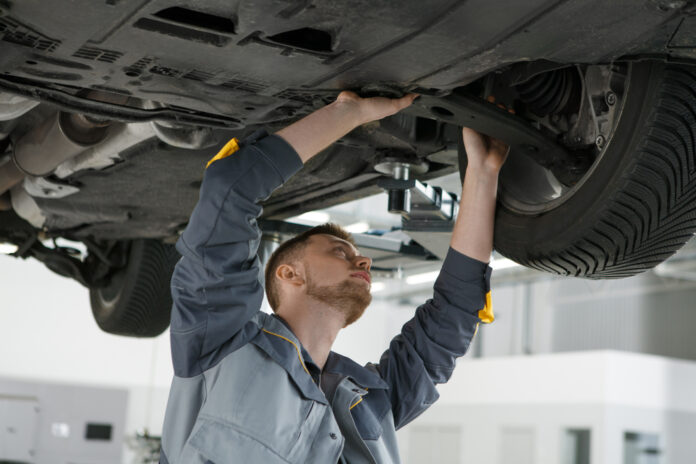
Warning Lights:
In some cases, drive shaft issues may trigger warning lights on your vehicle’s dashboard, such as the ABS (Anti-lock Braking System) or traction control lights. These warning lights indicate that the vehicle’s systems have detected a problem with the drivetrain, which could be related to the drive shaft. It is important not to ignore these warning signs and to have your vehicle inspected by a qualified mechanic.
If you observe any of these telltale signs of drive shaft problems, it is advisable to consult a professional mechanic or a reputable automotive service centre. They will be able to diagnose the issue accurately and recommend the necessary repairs or replacements. Timely action can help prevent further damage, ensure optimal vehicle performance, and keep you safe on the road. Visit our website to know more on common signs of problems.
Tips for Proper Maintenance
The drive shaft is an essential component of a vehicle’s drivetrain system. It transmits torque from the engine to the wheels, allowing the vehicle to move. Like any mechanical part, it can experience problems over time, leading to various issues such as vibrations, clunking sounds, or even complete failure. However, with proper care and maintenance, many problems can be prevented or addressed before they become major concerns. Here are some valuable tips for taking care of drive shaft problems:

- Regular Inspection: Regularly inspecting the drive shaft can help detect any early signs of damage or wear. Look for signs of excessive rust, cracks, or loose components. Pay attention to any unusual noises, vibrations, or changes in the vehicle’s handling.
- Lubrication: They have universal joints (U-joints) that require proper lubrication to function smoothly. Over time, the grease in the U-joints can dry out or become contaminated, leading to increased friction and wear. Regularly greasing the U-joints as part of routine maintenance can help prevent premature wear and prolong the life of the drive shaft.
- Balancing: Imbalanced drive shafts can cause vibrations, leading to discomfort and potential damage to other drivetrain components. If you notice excessive vibrations, especially at high speeds, it may be an indication of a balance issue.
- Proper Torque: When installing or removing the drive shaft, it’s crucial to apply the proper torque specifications provided by the manufacturer. Over or under-tightening the fasteners can lead to drive shaft misalignment, causing vibrations and potential damage. Always consult the vehicle’s service manual or seek professional assistance to ensure the correct torque values are followed.
- Avoiding Excessive Loads: They are designed to handle specific loads and torque levels. Exceeding the recommended limits can put excessive strain on the drive shaft, leading to premature wear and potential failure. It’s important to adhere to the manufacturer’s guidelines regarding towing capacity and maximum load limits to prevent drive shaft problems.
- Maintenance of Supporting Components: The drive shaft is connected to various components such as the transmission, differential, and wheels. Proper maintenance of these supporting components is essential for the overall health of the drive shaft. Regularly inspect and maintain the transmission and differential fluids, check for any leaks, and ensure the wheels are properly aligned and balanced.
- Prompt Repairs: If you notice any drive shaft issues, it’s crucial to address them promptly. Ignoring or delaying repairs can exacerbate the problem and lead to further damage or even complete drive shaft failure.
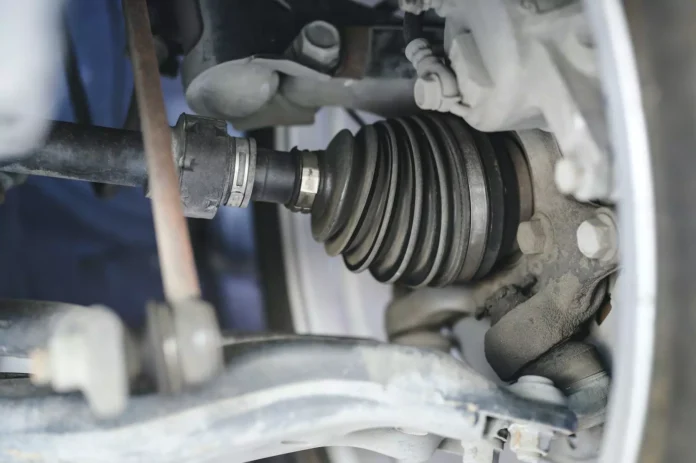
In conclusion, taking care of drive shaft problems involves regular inspection, proper lubrication, balancing, adhering to torque specifications, avoiding excessive loads, maintaining supporting components, and addressing issues promptly. By following these tips and seeking professional assistance when needed, you can ensure the longevity and optimal performance of your vehicle’s drive shaft.

